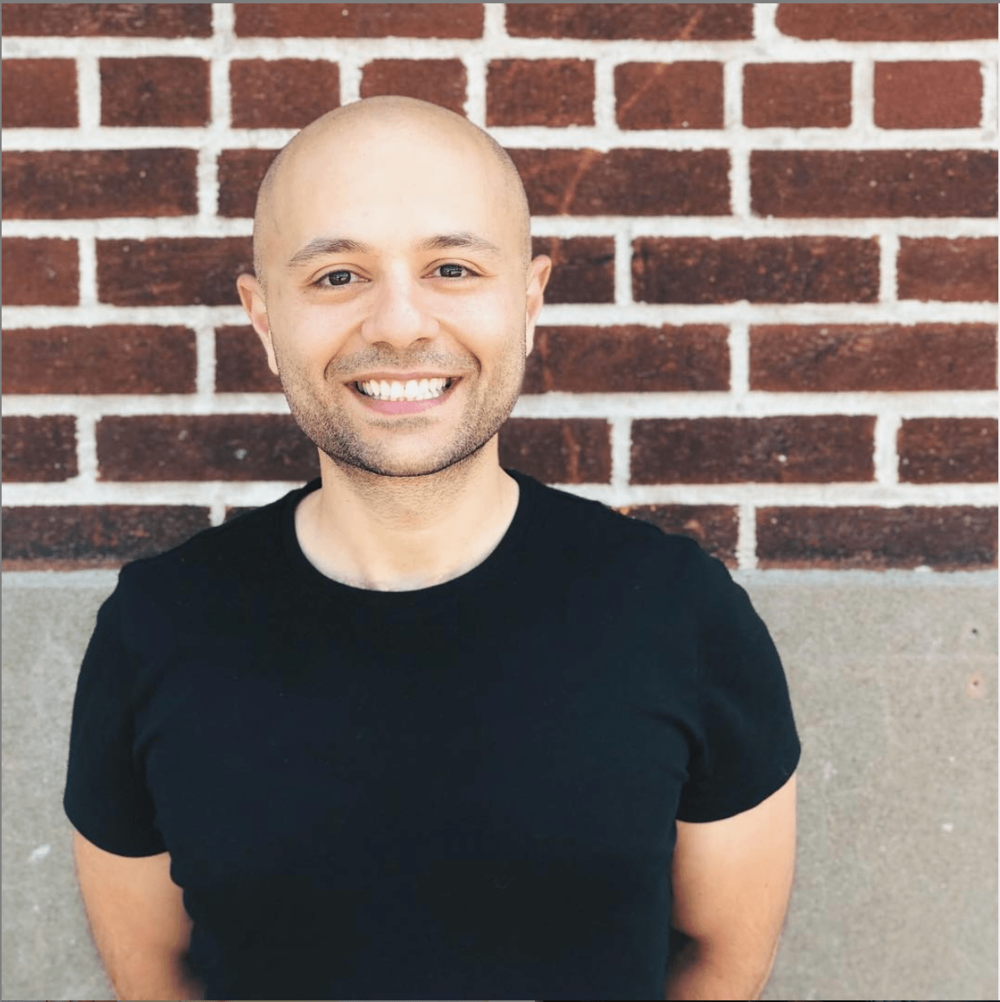Episode Summary
When Aydin Mirzaee started his first business, he found plenty of software to help him learn sales and marketing. But as the business grew and he started hiring, Aydin started to wonder: Was he doing it right? Where was the Salesforce for managing people?
Necessity, meet invention.
Aydin’s solution, an all-in-one managing platform named Fellow, raised a $6.5 million seed round for an app that isn’t even available yet to the general public. And doing that outside the Valley can be a tricky prospect.
But if you know the right people, things are always easier. Aydin didn’t initially, but he built a network and did it early — which turned out to be a strong asset when it came time to raise money. Even before he started raising for Fellow, Aydin went to all kinds of events and volunteered his time and expertise all over the startup scene. So by the time he was ready to start an official seed round, the people he was calling already knew his name.
In this episode, Aydin calls in from Ottawa to give us concrete tips for founders looking to build a great round. Aydin digs into all kinds of specifics like what your deck should look like and which storytelling points you should hit, as well as giving a crash course on building and sustaining real relationships with potential partners.
How He Raised It
💰 Who: Aydin Mirzaee
💰 Company: Fellow
💰 Where to find him: LinkedIn | Twitter
💰 Money quote: “Business is a game of probabilities. The only thing that you can do is try and increase your odds at every step. And if there's something that you can do that is minimal effort, that increases the odds ... It's almost your responsibility to do it.”
💰 Noteworthy: Aydin suggests all founders read “Pitch Anything” by Oren Klaff and keep in mind that you and your company are the prize.
Capital Gains
[4:34] “Didn’t know anything” 👉 Aydin started a company at age 21, and says he didn’t really know how to be a manager or how to manage managers. Fellow was born out of all the things he learned as he was figuring that out.
[10:16] Caller ID’d 👉 When it comes to finding the right investors, “It’s not the firm, it’s the partner,” Aydin says. Are you excited to see your investor’s name when the phone rings?
[11:03] On to the next one 👉 Aydin’s networking is long-term. He knew he planned to start another company as soon as he could, so he started looking ahead before he even sold his first company, and intentionally cultivated relationships along the way.
[14:49] Think tangentially 👉 VCs are looking for the companies that can get them the biggest return. That's basic. Quantify your expected market share for them and think about related markets where you can maybe gain some ground as well.
[21:33] Terms > valuations 👉 Aydin says people get fixated on valuations when they really shouldn’t. Instead, focus on having great terms on your sheets and doing as few rounds of fundraising as possible.
[25:51] Warm up VCs 👉 Aydin suggests scheduling a round of low stakes warm-up pitches before you really go after the investors you really want.
[31:22] “Story is everything” 👉 You need to be focused on the “why” of your business and follow with the “how.”
[33:16] Prioritize relationships 👉 Every pitch is an opportunity to build a relationship. Don’t discount anyone you talk to throughout the pitching process — from analysts all the way up to partners.
Top quotes from the episode:
“I’d rather have a lower valuation but get the best terms any day.”
“The best way to negotiate your terms is to ask someone who has raised many rounds, 'What is the best outcome for this particular term? Where could this land?' And then start from there versus starting from the middle.”
“Pitching to founders is always a really good idea. They've pitched to a bunch of other folks, and they can identify lessons that they've learned. I would pitch to your peers.”
“Everybody's money is green, but there's only one company in the world that is unique the way you are. You are the prize. You are the unique part. And you have to walk into meetings knowing that.”
“It was really important for people to understand one, why is this important? Like why is what you're doing important? Two, why is this important right now? And three, why you? So these three “whys” have to come across in the whole story that you're telling.”


